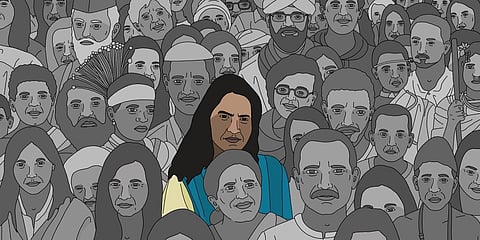India needs a caste census – and Southasia does too
THE FIRST TIME anyone wrote about the need for caste groups to be represented in government in proportion to their populations was 150 years ago. The anti-caste reformer Jotirao Phule described in Gulamgiri the exploitation of the Shudra and Atishudra masses – in today's terms, approximately, the Backward Classes and the Scheduled Castes – by the bhats, or Brahmins, who "infested" the colonial government. "I really do not mean to suggest that the government should not appoint bhats in their offices at all," Phule wrote in his 1873 treatise, "but then it should be proportionate with their population."
Eight years later, in 1881, the British government in India conducted its first census, which recorded the numbers and living conditions of individual castes. Five such censuses would be carried out decennially, the 1931 census being the last. Even castes among Muslims were identified and counted – shredding the pretence, still common today, that caste has no place in the Islam of the Subcontinent. The 1941 census could not be completed because of the Second World War, and censuses resumed post Independence, but now without comprehensive counting of castes.

